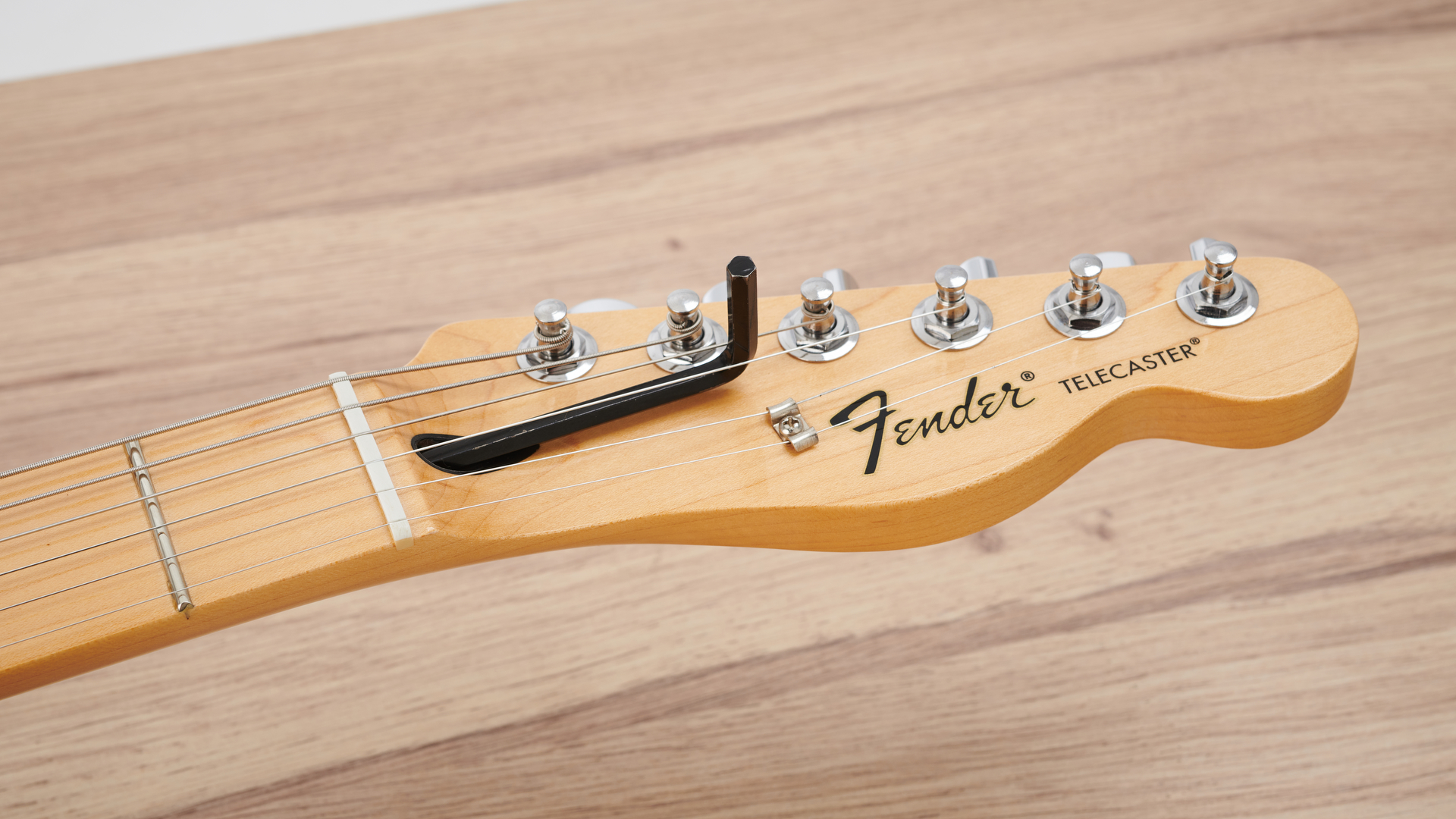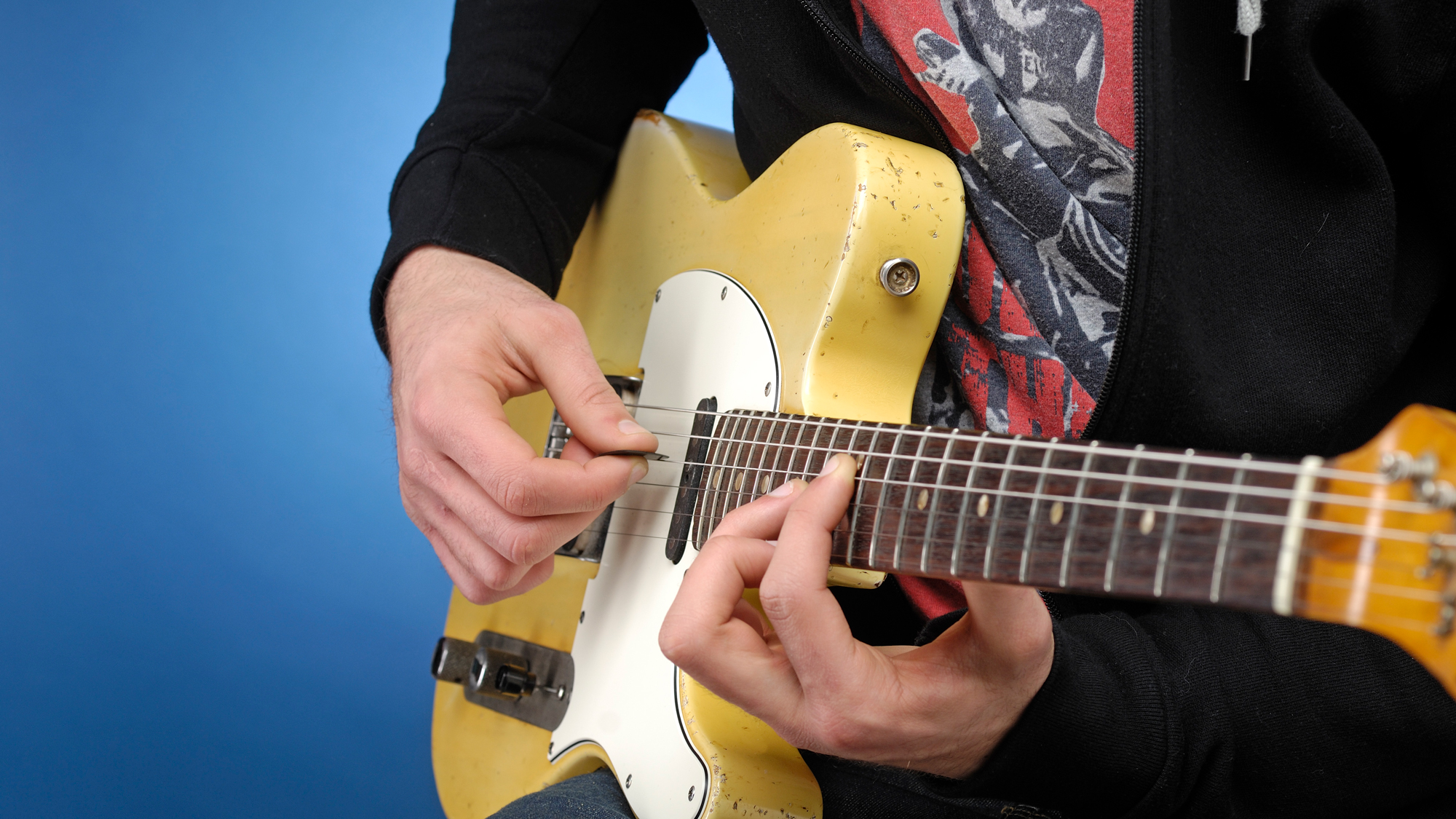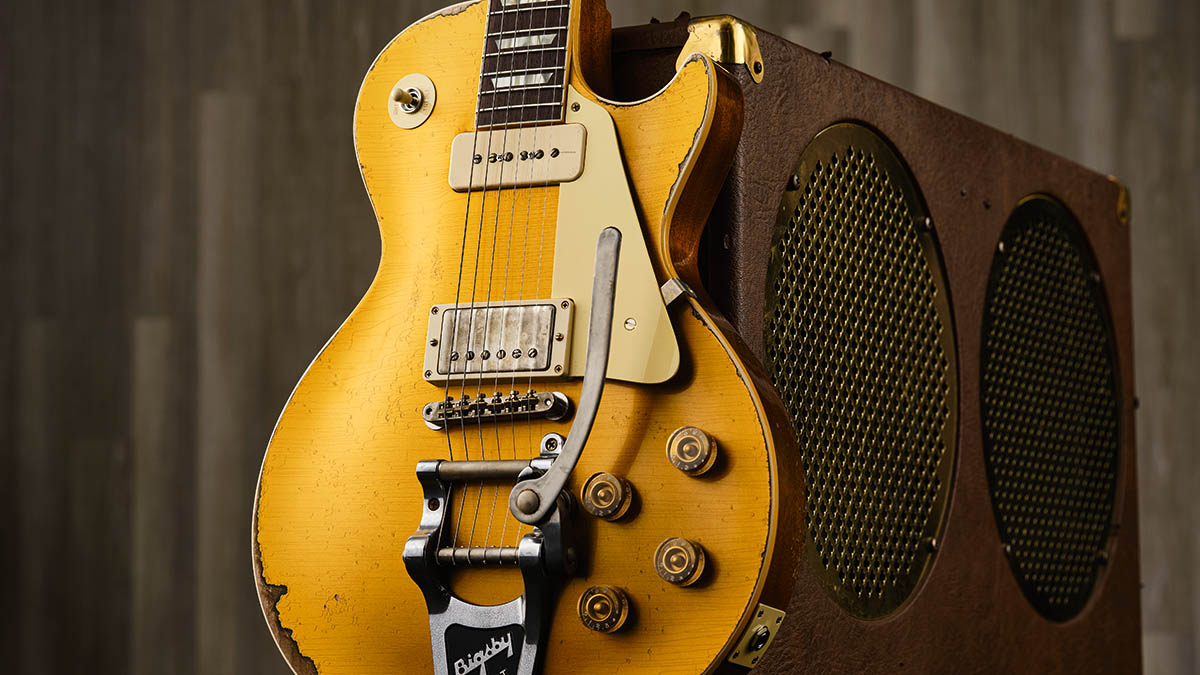How we test at Guitar World
The lowdown on our independent reviewing process, and the criteria we uses to assess guitars, amps and pedals

As one of the leading authorities on all things guitar, many musicians look to Guitar World for honest and unbiased advice on everything from electric guitars to pedals, must-have accessories to learning software – and this is something we take very seriously.
We spend a lot of time carefully curating our buyer’s guides, showcasing what we believe to be the best products in that particular category, as well as putting some of the most popular models head-to-head in our dedicated versus pieces. What’s more, our team of experts will write in-depth reviews to give you all the information you need to ensure you can buy that special piece of music gear with confidence.
You can rest assured that all of our reviews are entirely independent and free from commercial considerations. Our team of skilled writers are not influenced by advertisers and partners, and we’ll never take money to publish a review or for review ratings.
How we choose the gear we test

We choose to test products based on a number of factors; not just a company’s popularity and reputation, but also whether we believe it is bringing innovative and valuable to players with products.
We will always test new gear from the best-known brands – Fender, Gibson, Boss, Marshall and more – because it’s likely the gear they have created is of a high quality and potentially some of the best on the market. This is especially true of electric guitars, acoustic guitars, bass guitars, guitar amps and effects pedals.
Other brands’ gear will be reviewed on a product-by-product basis, and will be selected for testing if they promise to offer consumers something new, fresh or exciting that we think is deserving of a review and potentially worthwhile for buyers.
We are also sometimes sent products for review, but we are under no obligation to include them in any reviews, features or buyer’s guides unless we genuinely rate the product itself. If we don’t think it’s a quality product that gives consumers value for money, we won’t test it.
All the latest guitar news, interviews, lessons, reviews, deals and more, direct to your inbox!
Where we source our gear from
We will almost always be sent test gear directly from the manufacturer who created the product, though this will be stated in the review itself. If we have lots of personal experience with a certain product we personally own that we think our readers should know about, we will also consider this for review.
Our rating system

Our ratings are awarded based on the overall experience our reviewers had with the product. Pros and cons will be listed and discussed in all reviews, and we will also include Reasons to Buy and Reasons to Avoid. First impressions are everything for us, so if we receive a product that has some functional issues – such as a guitar with sharp frets or poor setup – this will all be taken into account.
The context of the product is also considered. If a piece of gear is marketed towards beginners, but comes with a wealth of complicated functions that we don’t think suit this group of players, we may not rate the item too highly. Likewise, if a product is intended for advanced players but doesn’t provide the level of quality we’d expect from a pro-level piece of gear, this will also impact our overall score.
We have individual section scores for build quality, playability (guitars) or usability (effects, amps, accessories) with a section for sounds as appropriate. Where we have three category scores, the overall rating score will be given as an average of those scores to ensure our commitment to transparency and fairness.
When an exceptional piece of guitar gear scores 5/5 in all categories, it is awarded the coveted Guitar World Platinum Award.
Ensuring consistency
Consistency is ensured throughout all reviews by giving products of the same category the same testing treatment. For example, all guitar amps will first be tested with all controls at 12 to highlight to readers the base tone the product provides. We will then tweak the parameters based on how we would personally use the product, and explore all onboard features and extras – including effects, parameters, FX loops, cab simulations and more. More on this can be found below.
How we test electric guitars

Guitars are very subjective things. What some players may think of as the most incredible guitar ever made, others may completely despise it. That said, no matter our personal preference, there are a few key criteria that a guitar must meet for us to consider recommending it to our readers.
The first is build quality. When testing out a new six-string, we thoroughly check over every aspect of the instrument, making sure everything feels sturdy and solid. If it's a bolt-on construction – like a Strat or Tele – we'll have a close look at the neck join to ensure it's tight, with no gaps. We'll make sure the machine heads are responsive, the volume and tone pots are smooth, and there are no issues with the pickups. We will then look over the general finishing of the guitar. Are there any finishing anomalies to speak of, and is the guitar finished to a reasonable standard for its price point?
Next up is playability. For this, we are looking at how well the guitar plays straight out of the box. We are obviously looking to see how comfortable the neck is to hold, but we are also looking to see if there are any sharp frets, tall frets, or intonation issues, as well as looking to see if the guitar needs an extensive setup.
Our reviewers will measure neck relief (guitars are often subject to temperature changes in transit and storage) and will correct this as required for every test guitar so they are not judged unfairly on playability due to environmental factors.

We will also measure the guitar's string height at the 12th fret (fretted on the first fret) to confirm the clearance and quantify the guitar's action for the reader where required. All our electric guitars are weighed by our reviews hub team during the photoshoot process to give readers an insight, but this weight only applies to the test guitar we are sent. The team also measures each pickup's DC resistance with a multimeter.
Lastly, we need to think about the sound of the instrument. Again, this is very subjective, but we are looking to see if the guitar lives up to the manufacturer's claims and is fit for purpose. For example, if a guitar is designed with heavy metal in mind, does it deliver the bone-crushing tone we'd expect, or does it fall flat? That said, we will test guitars in a variety of different genres just to see what they can do - as you never know, that EMG-loaded Flying V may have a killer blues tone hidden inside.
Our review team tests electric guitars and basses with tube and solid-state amps, but also with modeling software and hardware too.
How we test acoustic guitars

It's fair to say that acoustic guitars are very subjective. Every player has their own personal preferences regarding tone and feel. That said, there are a few key criteria that a guitar must meet for us to consider recommending it to our audience.
The first thing we look at is the overall build quality of the instrument. For many, their humble acoustic guitar sits at the center of their world. It's vital then, that we can wholeheartedly recommend a sturdy and reliable guitar that won't let you down. We closely inspect every aspect of the guitar, from the body and neck to the machine heads and bridge, to ensure they feel strong, and well made – regardless of price.
We'll next check the consistency of the fretwork to confirm there aren't any sharp frets that may cause some nasty cuts or tall frets that may result in the guitar choking out or buzzing.

This leads perfectly on to the playability of the instrument. For this, we are checking how comfortable the guitar feels to hold, paying close attention to the neck profile and radius, and how the body feels to sit with.
Lastly, we move our attention to the sound of the guitar. To test an acoustic guitar's tone, we will try a variety of different playing techniques and styles to see how the guitar handles them, from strumming cowboy chords with a flat pick to subtly tickling the strings with our fingers and everything in between. We are carefully listening to how the guitar projects and the overall tonal balance of the instrument.
We review a lot of beginner acoustic guitars here at Guitar World. Here's a full breakdown of our beginner acoustics testing methodology.
How we test guitar amps

When it comes to testing, there are a few things we like to do to put an amplifier through its paces. That said, we must first mention that as guitar amps come in various shapes and sizes, how we test them can differ, depending on the amplifier's intended use. For example, volume and projection are massive considerations when it comes to amps designed to be played on stage or in a rehearsal room, but not so much for home use practice amps.
What shouldn't change between home and live amps is the build quality, and that's the first thing we look for. For us, all amps should be well-made and sturdy, regardless of their application. In our opinion, guitar amps should feel robust and able to withstand anything you throw at them, and the controls should be smooth, with just the right amount of resistance.
To test the amps out tonally, we'll start where most guitarists start, everything straight up the middle. This usually allows us to hear the amp at its most sonically honest. We'll then dive in and start shaping the sound to how we like it, paying careful attention to the sweep of the EQ controls in particular. We'll also be sure to test the amp at both ends of the gain spectrum, from as much saturation as we can get to as clean as possible.
If an amp has any other features, such as effects or attenuators, we'll be sure to go through them as well, making sure we've tested every last extra onboard.
How we test pedals and multi-effects pedals

When testing pedals, we'll first start with the enclosure, checking to see how well made the unit is and how robust it feels. These are units that you stand on, so they need to be sturdy and able to take a beating.
Next, we'll then turn our attention to the footswitches and any expression pedals. We are not only checking to make sure that these switches are reliable and smooth but also that they are easily accessible and well laid out. At the end of the day, multi-effects pedals are designed to make your life easier, so this is a crucial test.

Now, when it comes to testing these pedals sonically, we will, of course, start with any onboard presets, paying close attention to the sound they are trying to achieve and score them on how authentic they are. Next, we'll have a go at making our own sounds to see how well laid out the user interface is.
If the pedal includes any other features, such as an accompanying app, MIDI in/out, or FX loop, we'll go through them as well, ensuring we've tested every last feature onboard.
Since 1980, Guitar World has brought guitarists the best in-depth interviews with great players, along with exclusive lessons, informative gear reviews and insightful columns that help guitarists grow and excel on their instrument. Whether you want to learn the techniques employed by your guitar heroes, read about their latest projects or simply need to know which guitar is the right one to buy, Guitar World is your guide.

